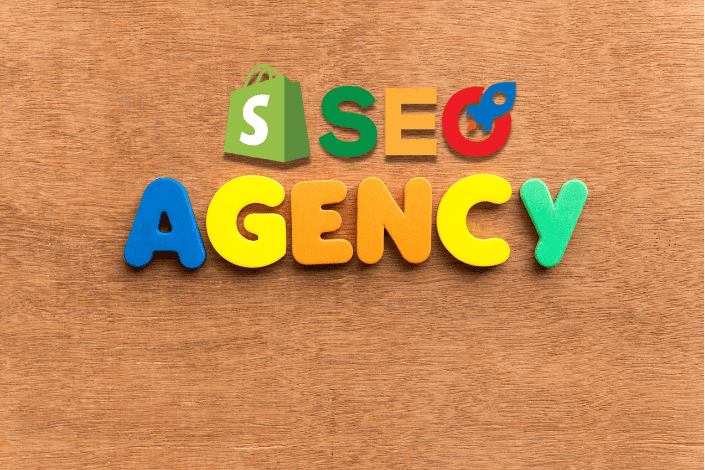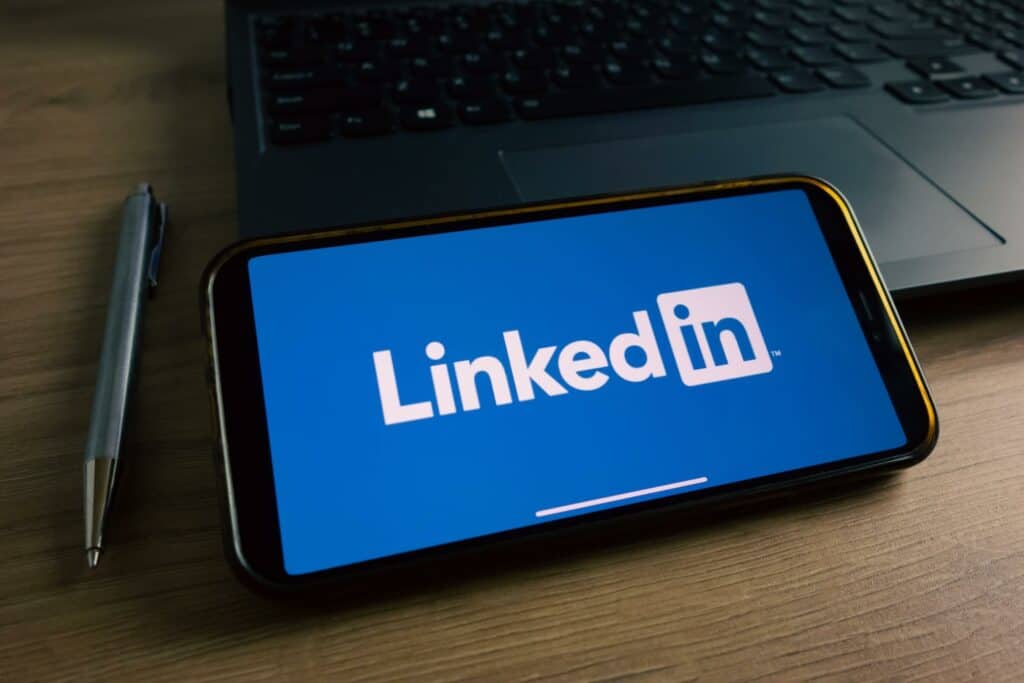Why Hire a WordPress SEO Expert & Agency?

There are many low-quality and cheap WordPress SEO agencies and freelancers to choose from. However, it is important to find services that fit your needs. A smart marketing budget will yield a high return on investment (ROI). This article will answer: WordPress SEO expert or WordPress SEO agency: Which is better? SEO for WordPress: What’s […]
What You Need to Know About Shopify SEO Agency

You can benefit from Shopify SEO agency for many reasons. Is there any reason why you don’t hire them right now? Denial about the need for help? Consider this. In an increasingly competitive market, anything can happen. You could be on top and bottom at the same time. Businesses in those scenarios should hire Shopify […]
Dental SEO Services – An Ultimate Guide

Want your dental practice to rank higher in search results? Keep reading because we’re exploring SEO for dentists in-depth, from its definition and benefits to its cost and most effective strategies! How does dental SEO work? How dental SEO works starts with how search engines work: Dental search engine optimization overlaps by: The optimizations are […]
Choosing the right search engine marketing agencies

Anyone with a product they want to sell online can benefit from SEM. Plus, these campaigns are easy to target and measure. The best way to think about SEM is starting with the premise: a user goes to a search engine with a question in mind. If you can provide that answer and it’s profitable […]
The Essential Guide to Website Maintenance Services for Optimal Performance

Detailed Guide: Using a Website Grader to check website quality

The use of website grader is popular with digital marketers and small business owners. Following front-end industry standards is one thing, but creating a well-optimized website is another. It is only the beginning and will not get you very far. Your website’s back-end needs to be optimized to give you the best chances of ranking […]
Unlock Your Business Potential with a LinkedIn Advertising Agency

Get your business off the ground using a LinkedIn advertising agency to boost visibility and exposure. In a saturated market, nailing your LinkedIn ads could be the difference maker for your business. This is where an expert LinkedIn advertising agency comes in, providing custom plans to reach professionals and increase engagement that leads to conversions. […]
Law Firm SEO Services: Attracting More Clients Through Digital Marketing

Boost Your Law Firm’s Online Presence with SEO
Why Your Business Needs a Technical SEO Agency: Boosting Your Online Visibility

These days the digital world is very crucial. You need to make sure you have a good footprint online to give everything your best shot. Technical SEO Agencies can boost the visibility and performance of your website so that it gets highlighted in search engine results. In this piece, we break down the reasons why […]
Unlocking the Power of AI: A Game-Changer for Modern Marketers

Let’s talk about artificial intelligence – a technological advancement that’s been the front and centre of all debates in 2024. But before you’re turned off by another one of the so-called tech buzzwords, let us assure you that AI is much more than hype. It already is, and has the potential to further revolutionise the […]
